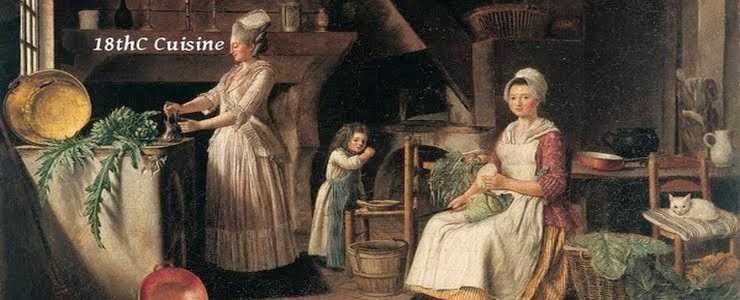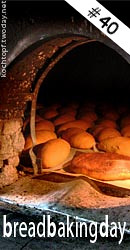«For Swiss Meringue, egg whites and sugar are combined at the outset and whipped over low heat. … Swiss merignue is much heavier than French and Italian merignues. At one time it was considered quite versatile, and some chefs preferred it over French and Italian meringues for many purposes because it is very stable.»
The Art of the Cake, Bruce Healy and Paul Bugat. William-Morrow, NYC, NY, 1999, p. 173.The beginnings of Swiss meringue can be found in François Massialot's
Le Cuisinier Roïal et Bourgeois, 1691, translated in The Court and Country Cook in 1702, p. 103.
Dry Meringues
Having caus'd the Whites of four new-laid Eggs to be whipt, as before, till they rise up to a Snow, let four Spoonfuls of very dry Powder-sugar, be put into it, and well temper'd with a Spoon: Then let all be set over a gentle Fire, to be dried a little at two several times, and add some Pistachoes, that are pounded and dried a lttle in the Stove. Afterwards, they are pounded and dried a little in the Stove. Afterwards, they are to be dress'd as the others, and bak'd in the Oven somewhate leisurely, with a little Fire underneath, and more on the top: When they are sufficiently done, and very dry, let they be taken out, and cut with a Knife: Lastly, as soon as they are somewhat cold, let them be laid upon Paper, and set into the Stove to be kept dry.
 Image Source
Image Source 



